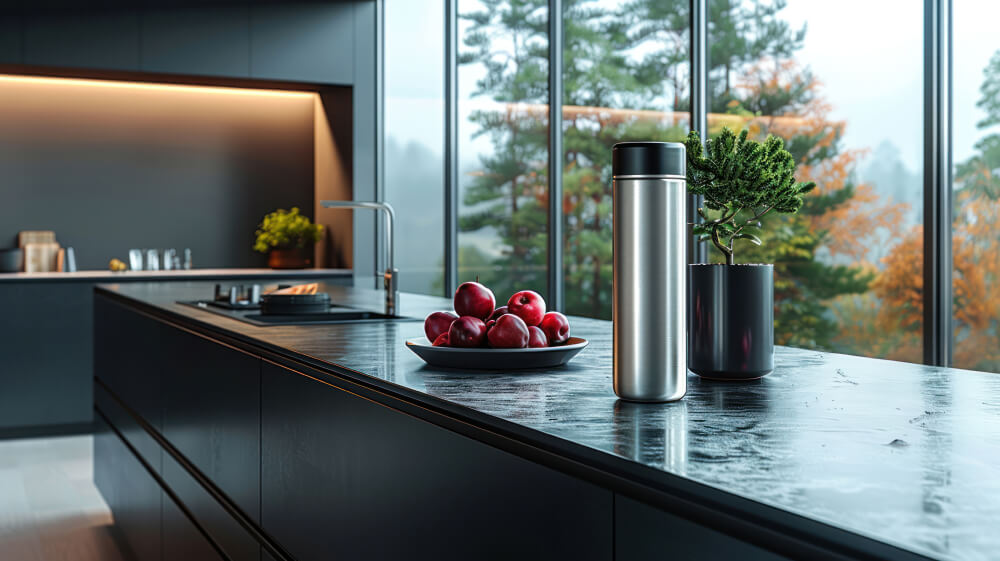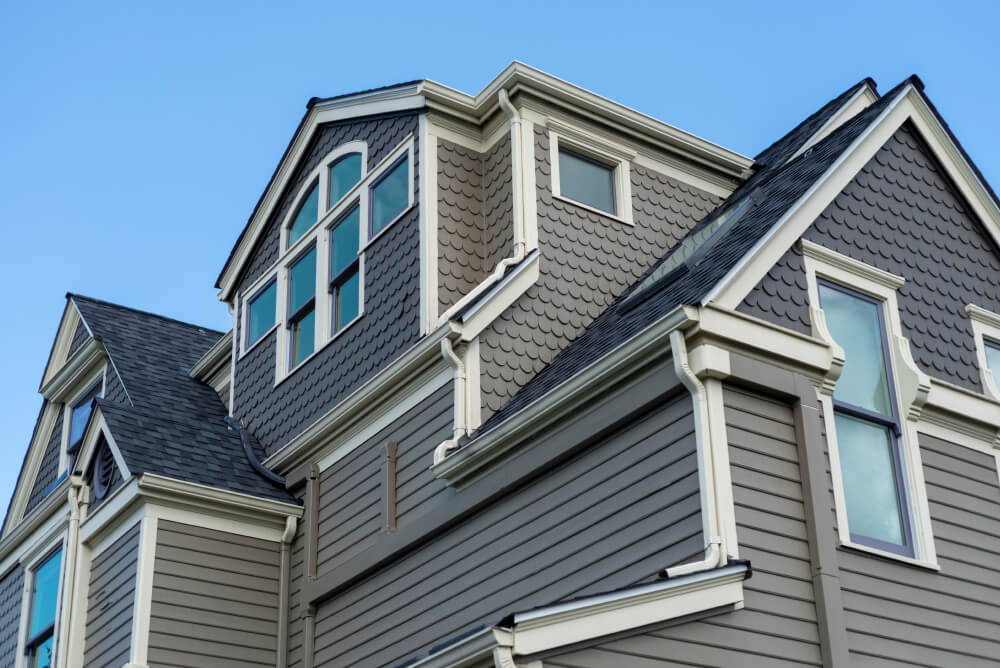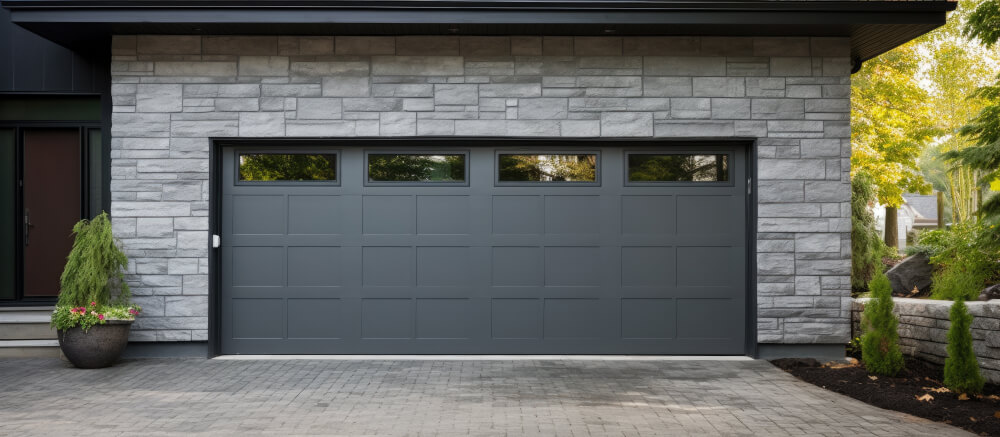1. Wood Decking
Overview Wood decking has been the traditional choice for decades. It offers natural beauty and a classic look that many homeowners desire. Common types of wood used for decking include pressure-treated pine, cedar, and redwood.
Benefits
- Aesthetic Appeal: Provides a warm, natural look that enhances the beauty of any outdoor space.
- Versatility: Can be stained or painted in a variety of colors to match your home’s exterior.
- Affordability: Generally less expensive than composite or PVC decking.
Drawbacks
- Maintenance: Requires regular maintenance, including staining, sealing, and occasional sanding to prevent weather damage, rot, and insect infestation.
- Durability: Susceptible to splintering, warping, and cracking over time, especially in harsh weather conditions.
- Environmental Impact: Harvesting natural wood can contribute to deforestation unless sourced from sustainable forests.
Costs
Price Range: $15 to $25 per square foot installed.
Top Choices
- Pressure-Treated Pine: Affordable and widely available but requires regular maintenance.
- Cedar: Naturally resistant to rot and insects, with a beautiful natural color.
- Redwood: Durable and resistant to weather, but more expensive.
Join HICP Homeowner’s Alliance
Connect with experts, get special discounts and enjoy member benefits
2. Composite Decking
Overview Composite decking is made from a blend of wood fibers and recycled plastic. It offers the look of wood with lower maintenance requirements. Composite decking is available in a variety of colors and textures.
Benefits
- Low Maintenance: Requires minimal maintenance compared to wood, typically only needing occasional cleaning with soap and water.
- Durability: Resistant to rot, splintering, and insect damage. Does not warp or crack like wood.
- Eco-Friendly: Often made from recycled materials, making it an environmentally friendly option.
Drawbacks
- Cost: More expensive upfront than wood decking.
- Aesthetic: While it mimics the look of wood, some people feel it lacks the natural beauty and warmth of real wood.
- Heat Retention: Can become very hot in direct sunlight, making it uncomfortable to walk on barefoot.
Costs
Price Range: $30 to $45 per square foot installed.
Top Choices
- Trex: Known for its durability and variety of colors and textures.
- TimberTech: Offers a wide range of styles with a focus on realistic wood-like appearance.
- Fiberon: Provides high-quality, eco-friendly options with a variety of finishes.
3. PVC Decking
Overview PVC decking is made entirely from polyvinyl chloride (PVC) and contains no organic materials. It offers superior durability and low maintenance requirements, with a look similar to composite decking.
Benefits
- Durability: Highly resistant to rot, mold, and insect damage. Does not splinter, warp, or crack.
- Low Maintenance: Requires very little maintenance, only needing occasional cleaning.
- Color Retention: Resistant to fading and staining, maintaining its appearance over time.
- Waterproof: Excellent for areas with high humidity or frequent rain.
Drawbacks
- Cost: Generally the most expensive decking material.
- Aesthetic: Can look less natural than wood, and some people find it lacks the warmth and texture of wood.
- Expansion and Contraction: Can expand and contract with temperature changes, potentially causing gaps or warping.
Costs
Price Range: $35 to $50 per square foot installed.
Top Choices
- Azek: Known for its durability, color retention, and realistic wood-like appearance.
- Wolf Decking: Offers a variety of styles and colors, with a focus on durability and low maintenance.
- Fiberon: Provides high-quality PVC options with a range of finishes and styles.
Comparison Overview
Durability and Maintenance
- Wood: Requires regular maintenance and is prone to weather-related damage. Moderate lifespan if properly maintained.
- Composite: Low maintenance, highly durable, and resistant to most types of damage. Long lifespan.
- PVC: Extremely low maintenance, highly durable, and resistant to all types of damage. Very long lifespan.
Aesthetic Appeal
- Wood: Natural beauty and warmth, with the ability to stain or paint in various colors.
- Composite: Mimics the look of wood with a variety of colors and textures, but may not have the same natural warmth.
- PVC: Similar appearance to composite decking, with a wide range of colors and finishes, but may look less natural.
Cost
- Wood: Least expensive upfront but has higher long-term maintenance costs.
- Composite: Higher initial cost with lower maintenance costs over time.
- PVC: Highest initial cost but the lowest maintenance costs over time.
Environmental Impact
- Wood: Can contribute to deforestation if not sourced sustainably. Biodegradable.
- Composite: Often made from recycled materials, making it an eco-friendly option.
- PVC: Made from non-renewable resources but can be recycled at the end of its lifespan.
Conclusion
Choosing the right decking material for your home depends on your priorities, including budget, maintenance preferences, and aesthetic desires. Wood decking offers natural beauty and versatility but requires significant upkeep. Composite decking provides a low-maintenance, durable option with a range of styles and colors. PVC decking offers the highest durability and lowest maintenance, though it comes at a higher cost and may lack the natural look of wood.
Consider your specific needs and preferences when selecting your decking material. Investing in a high-quality, durable material can enhance the value and enjoyment of your outdoor space for years to come.




















